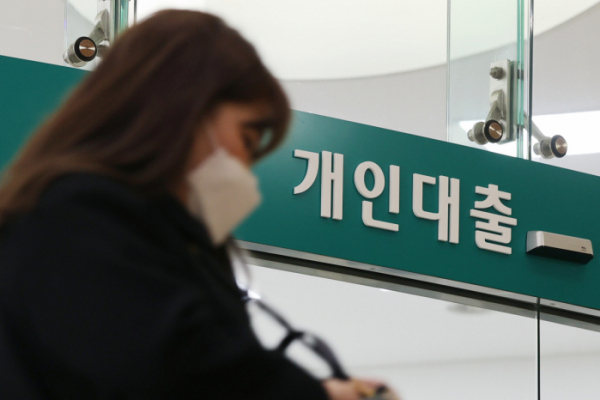
(Photo = Yonhap News)
‘Panic (panic) lending’ is taking place, avoiding the low interest rate and financial authorities’ policies to curb credit loans. At the beginning of this year, the KOSPI surpassed the 3000 line for the first time in history, as demand for’young drag (grabbing souls)’ and’debt investments (investing in debt)’ to jump into the stock market by attracting debts surged. It is pointed out that as household debt increases, financial authorities should consider an exit strategy to stabilize the household economy.
According to the recent financial market trend released by the Bank of Korea, other loans, mostly credit loans, increased by 32.4 trillion won at the end of last December. It is analyzed that it was possible because of debt investment and the fact that the stock market was rising day after day with the KOSPI surpassing 3000 for the first time in history.
Credit loans, which had been silent due to the financial authorities’ loan lockdown, are increasing again in the new year. As banks loosened the credit lending bar at the beginning of the year, the demand for loans was rushing.
In fact, the credit balance of KB Kookmin, Shinhan, Hana, Woori, and NH Nonghyup Banks increased by KRW 4533 billion over four days from 4 to 7. Banks, which had been suspended until the end of the year, increased 279 billion won on the 4th day, the first day they resumed their credit loans. Considering this surge in credit loans in January, when loan demand is relatively low due to year-end bonuses, etc., this is unusual.
It is analyzed that the stock market is heating up day after day with the KOSPI surpassing 3000 for the first time in history, which stimulated demand for loans. In the financial sector, it is believed that the funds of individual investors concentrated in the stock market accounted for a significant portion of credit loans.
As banknote loans increased sharply from the beginning of the year, the financial authorities held an emergency inspection meeting with banknotes on the 11th and ordered loan management again.
As the household economy relies on debt, the national debt ratio is also rising. The national debt ratio soared from 37.7% in 2019 to 43.9% last year, and then rises to 47.3% this year.
Already, the ratio of household debt to nominal gross domestic product (GDP) reached 101.1% at the end of the third quarter of last year, exceeding 100% for the first time.
In the case of household loans, the ratio of debt to disposable income, which is money that can be used for consumption or saving, was the highest ever at 171.3%. The ratio of household debt to GDP is the world’s highest level, far exceeding Japan (65%) and eurozone (60%), as well as the United States (81%).
In the industry, as household debt has expanded excessively, there are voices that the financial authorities need to take concrete measures and implement an exit strategy.
An official from the financial industry said, “Household debt is at a very high level compared to other countries, so it can cause problems when interest rates rise, and it can lead to long-term low growth by restraining consumption.” “If the expiration and short selling of stocks resurrect, financial shock could come, so measures from the financial authorities are urgent.”
